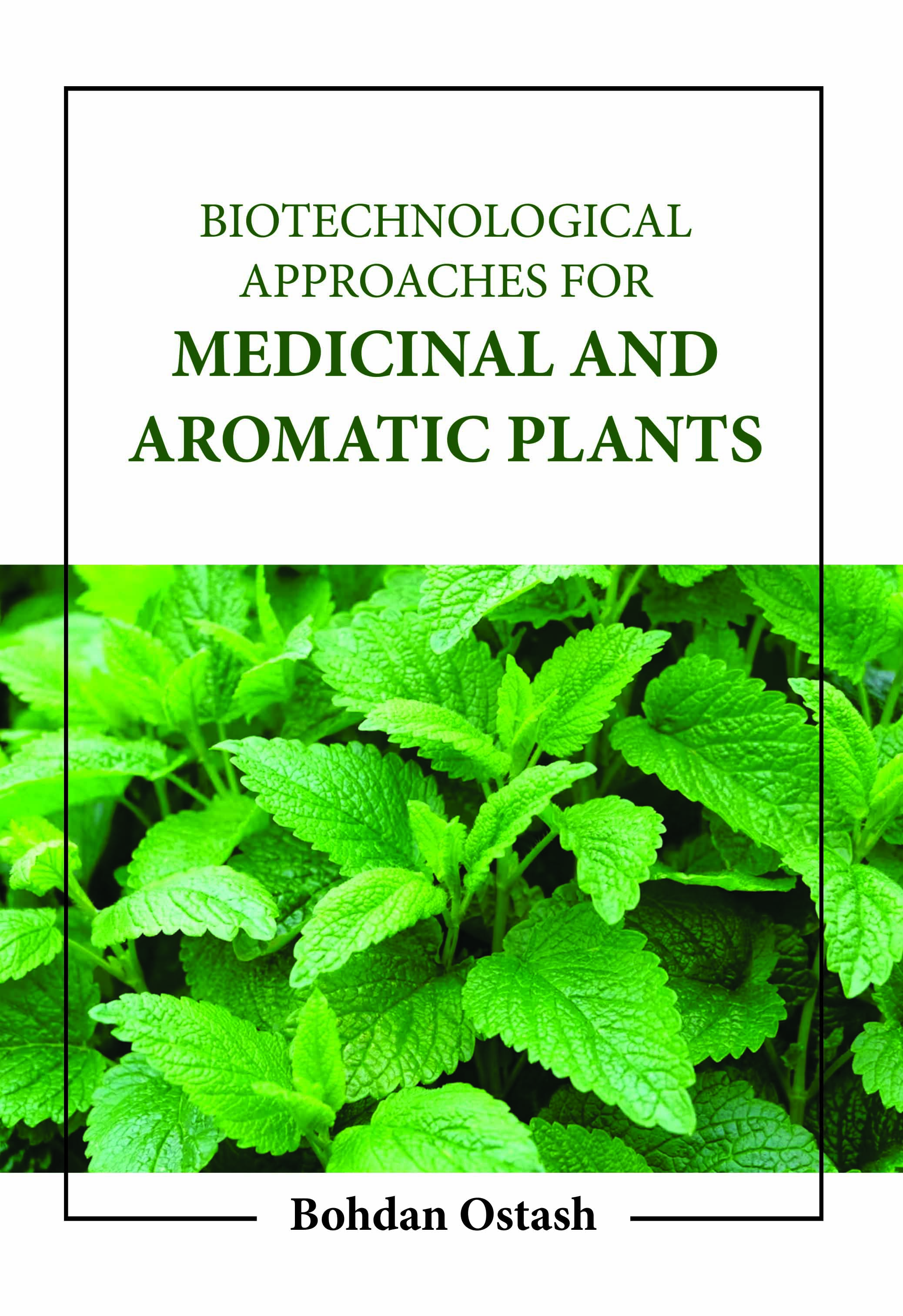
Biotechnological Approaches for Medicinal and Aromatic Plants
by Bohdan Ostash
| ISBN | 9781806249534 |
|---|---|
| Publisher | Digital Drive Learning |
| Copyright Year | 2026 |
| Price | $275.00 |

by Bohdan Ostash
| ISBN | 9781806249534 |
|---|---|
| Publisher | Digital Drive Learning |
| Copyright Year | 2026 |
| Price | $275.00 |
Most citizens on earth get their life-saving medications from medicinal plants, which are their primary source. In order to choose, reproduce, and preserve the essential genotypes of medicinal plants, biotechnological tools are crucial. For the development of high-quality plant-based medicines, in-vitro regeneration has enormous potential. For the development of high-quality plant-based medicines, in-vitro regeneration has enormous potential. Secondary metabolites from medicinal and aromatic plants are known to be produced and can be used to make medications, pesticides, dyes, flavorings, and scents. The secondary metabolism of medicinal plants can be creatively altered through biotechnology in several ways, including by increasing the production of desired phytochemicals, lowering the concentration of harmful substances, or even producing whole new chemical compounds. Most of the flora is made up of medicinal and aromatic plants, which supply the companies that make drugs, cosmetics, and cosmetic products with their raw ingredients. Many therapeutic herbs are used in the traditional medical systems that have evolved over the ages in India. Among these systems are indigenous practices like Ayurveda, Siddha, and Unani. A little over 1500 species of native plants are well known for their aroma and flavor, and more than 9,000 have been proven to offer medicinal benefits. The immediate requirements of the academic community, pharmaceutical industry, and researchers will be met by this book.